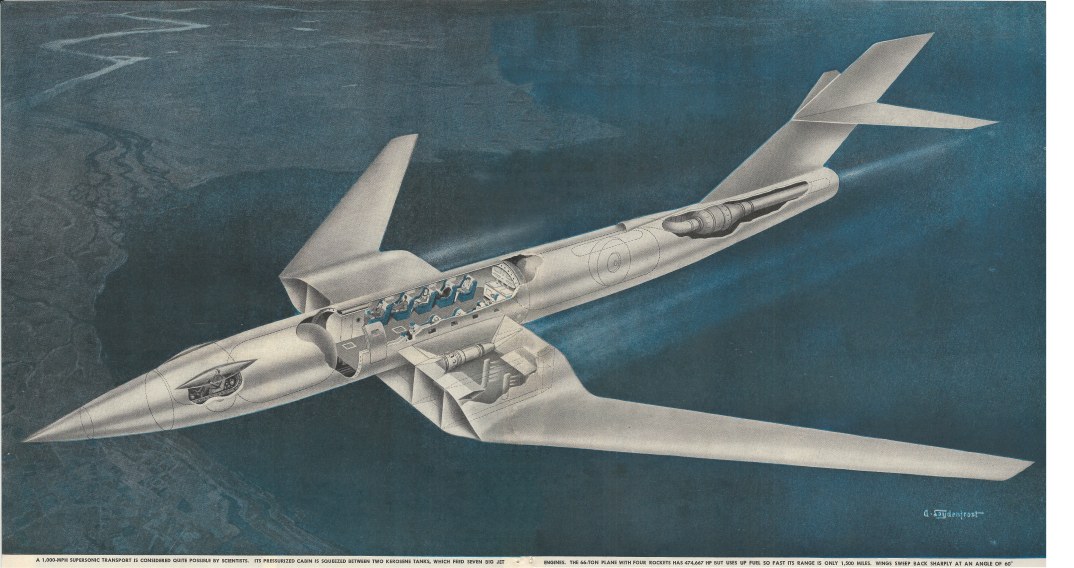A post yesterday linked to a paper on space warfare. Relevant to that discussion is the concept of hiding spacecraft from detection. Space is obviously dark and the background radiation is cold, about 3 Kelvin. Compared to that, any spacecraft in the inner solar system, even one with no active power sources, is going to be something of a lighthouse in infra-red. Put a nuclear reactor or any kind of meaningful active propulsion system on it, and any spacecraft would stick out like a sore thumb. Stealth should be impossible.
But it is, in fact, possible. it’s hard, it’s limited and its often temporary, but hiding a spacecraft, even one with a functional reactor and running engines, should be possible. There are simply some limits to keep in mind.
In order to hide from radar or lidar, all your spacecraft needs to be is dark and preferably angled int he way we’ve come to understand from stealthy aircraft. This is relatively easy. But the real problem is infra red. Being dark makes your spacecraft both absorb and emit electromagnetic radiation; sunlight falling on a dark spacecraft gets absorbed, stepped down, and emitted back out as infra red. In order to hide your spacecraft, you need to either look like a space rock (probably easy to do, but a space rock that suddenly appears on the charts on a suspicious orbit will likely merit further attention), or you need to be roughly as cold as the background. Actually making your spacecraft 3 Kelvin is insanely unreasonable… but you *can* make a balloon filled with helium that cold. And if you put that dark, cold balloon between your ship and the enemies sensors, you shouldn’t show up
Teledyne got a patent in 1994 for sort of that sort of thing:
Satellite signature suppression shield

The invention here is an inflatable fabric cone that a satellite could hide behind. Coated with something reflective like aluminum or gold, you might think that it would be visible; but for the most part all that shiny reflective surface has to reflect is the black of space. Point the cone at the enemy, and all they’ll see is a dark reflection and if they point lasers or radar at it, the beams will reflect off into space and not back at the receiver. The surface will, however, emit IR, so it’ll be visible that way. But if you fill the balloon with helium *and* if you have an active refrigeration system on the far side, cooling the helium to below 3 Kelvin and directing the waste heat out into space the other way… the cone will be dark *and* cold. So from a narrow cone, your spacecraft will be effectively invisible. From every other angle, though, your spacecraft will be a bright hot target. So… pick your targets. A system like this would probably work well for missiles… only need to operate for a short period, and all they really care about is hiding from the target.

